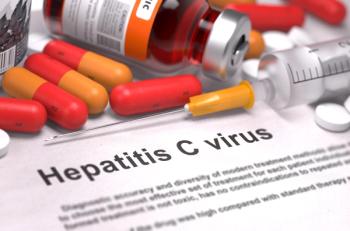
Geographic Access Issues with Liver Transplantation
Large geographic disparities exist in the likelihood of either being removed from the transplant list due to progressive disease or actually receiving a transplant.
Transplantation is the only cure for liver insufficiency or liver failure. Americans who need liver transplantation often have to travel far to receive them, as liver transplant centers are scattered unevenly throughout the United States.
The MELD (Model for End-stage Liver Disease) scoring system was developed to decrease access disparity. Despite its implementation, large geographic disparities exist in the likelihood of either being removed from the transplant list due to progressive disease or actually receiving a transplant. Better regional allocation strategies are needed.
The Journal of the American College of Surgeons published information that informs this issue in a study, with specific focus on the links between market competition, liver transplant center density, and liver transplant volume within individual Donor Service Areas (DSAs). The United States is divided into 11 regions and each region, in turn, is divided into multiple DSAs.
Using the Scientific Registry of Transplant Recipients, these investigators conducted a retrospective cohort study of 53,156 adult liver transplants in 45 DSAs containing 110 transplant centers. All transplant recipients had undergone transplantation between 2003 and 2012.
Areas in which more transplant centers were located and competition was great did more transplants than those with fewer transplant centers and little competition.
Areas that had a higher proportion of high-MELD patients, indicating sicker patients, did fewer transplants.
Transplantation is clearly affected by changing market factors. Increases in the number of new listings and donors were associated with more transplants.
Mortality and overall survival after transplant did not change regardless of any of these factors.
The investigators suggest that increasing the number of liver transplantation centers, creating more market competition, increasing listings, and finding more donors increase the likelihood that a DSA will increase the number of transplants. Data like these help planners optimize scarce resources.
Newsletter
Stay informed on drug updates, treatment guidelines, and pharmacy practice trends—subscribe to Pharmacy Times for weekly clinical insights.




















































































































































































































